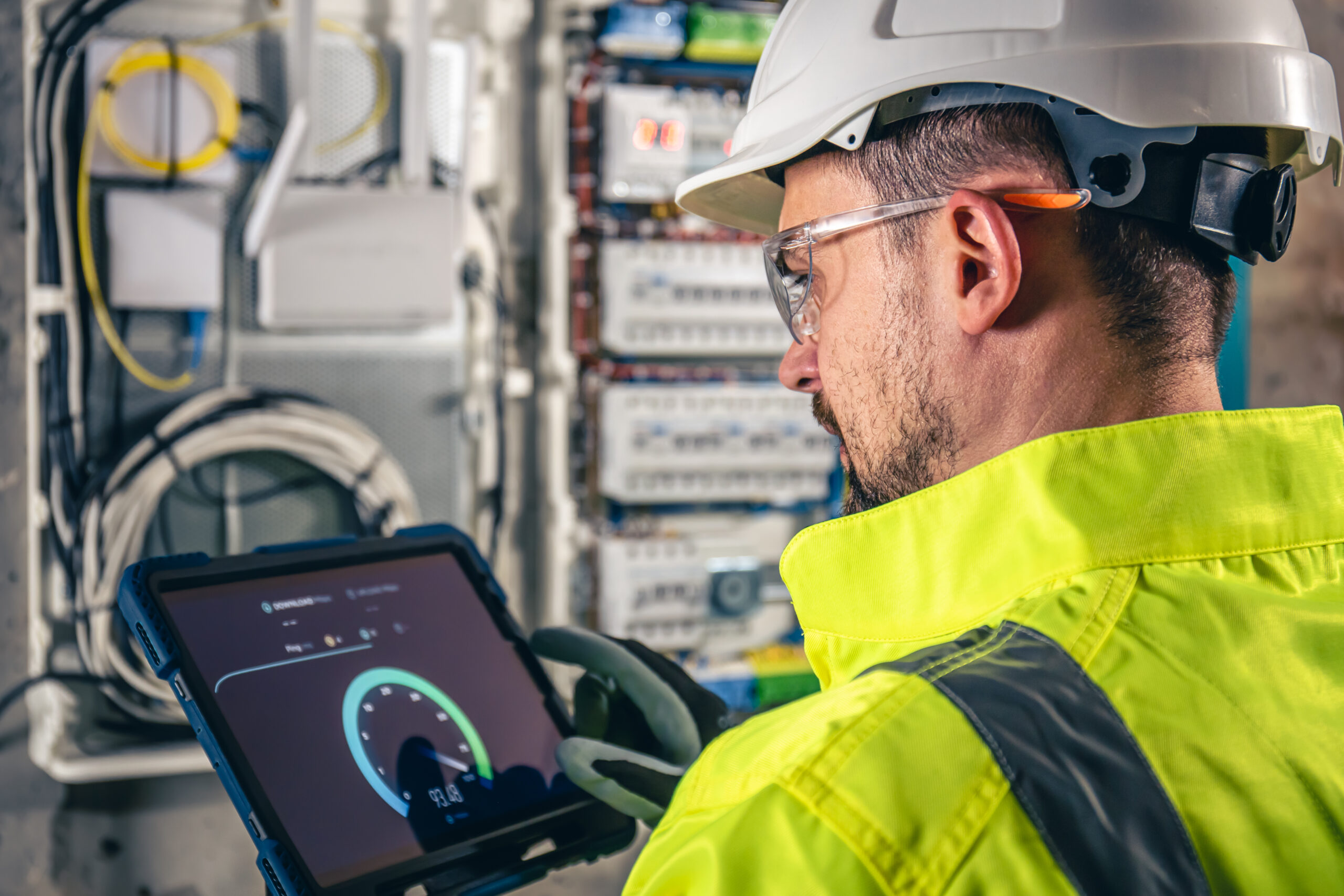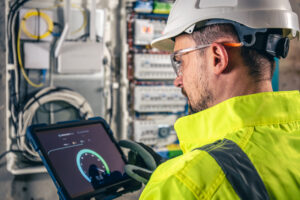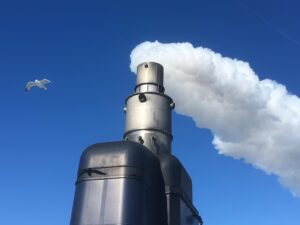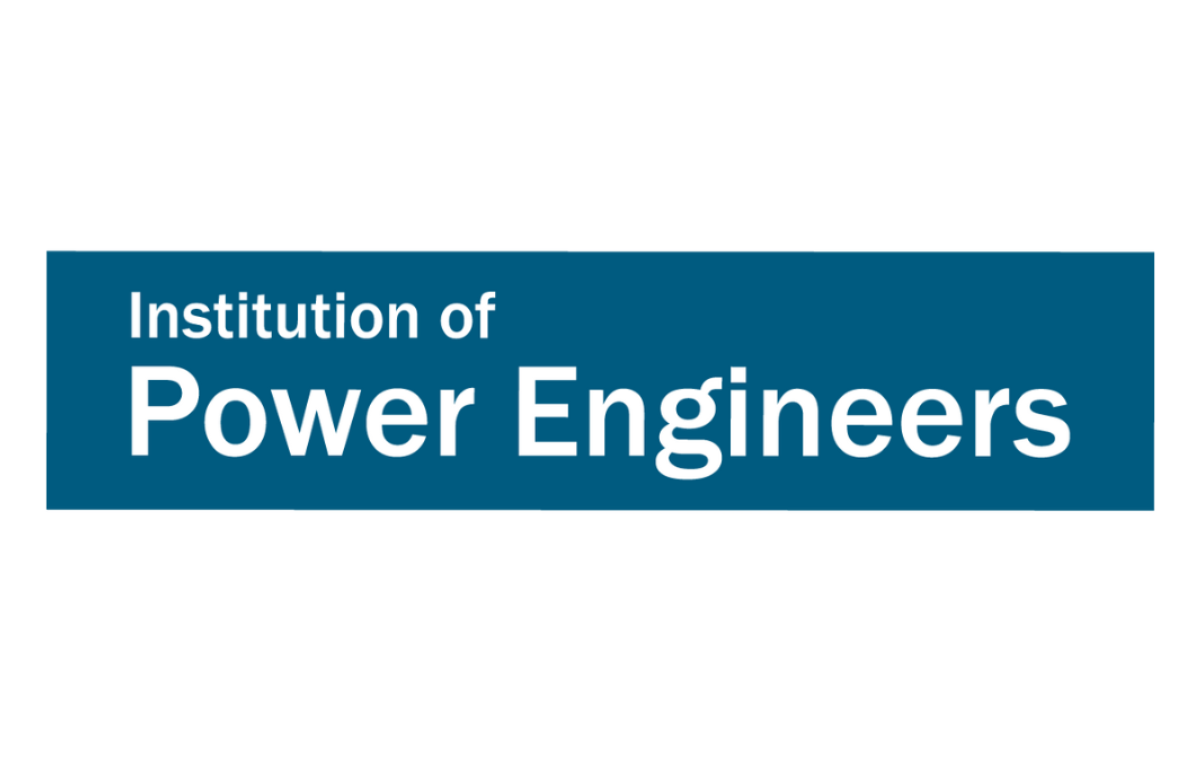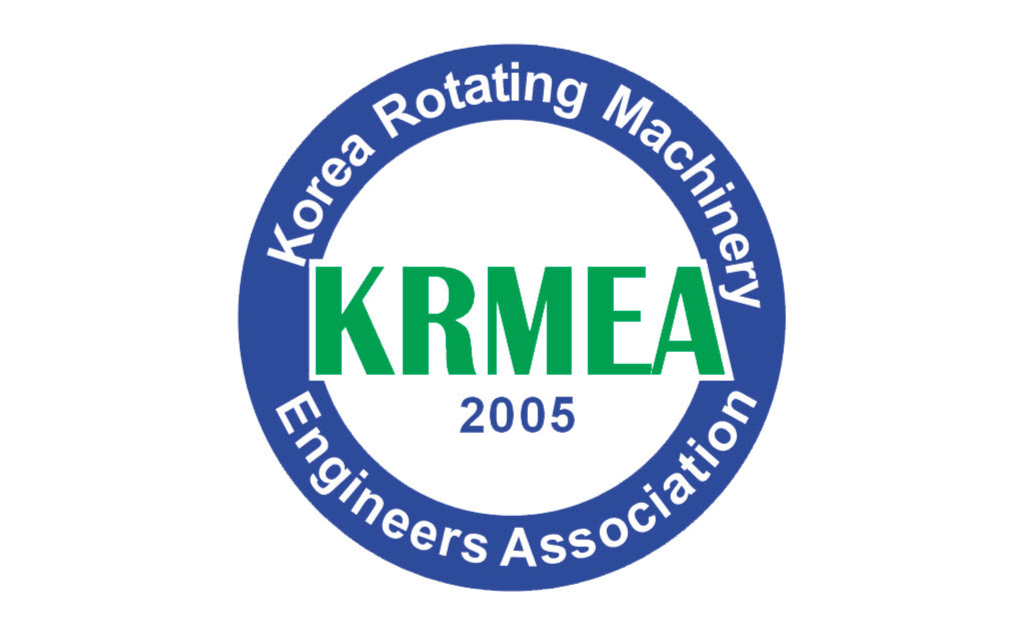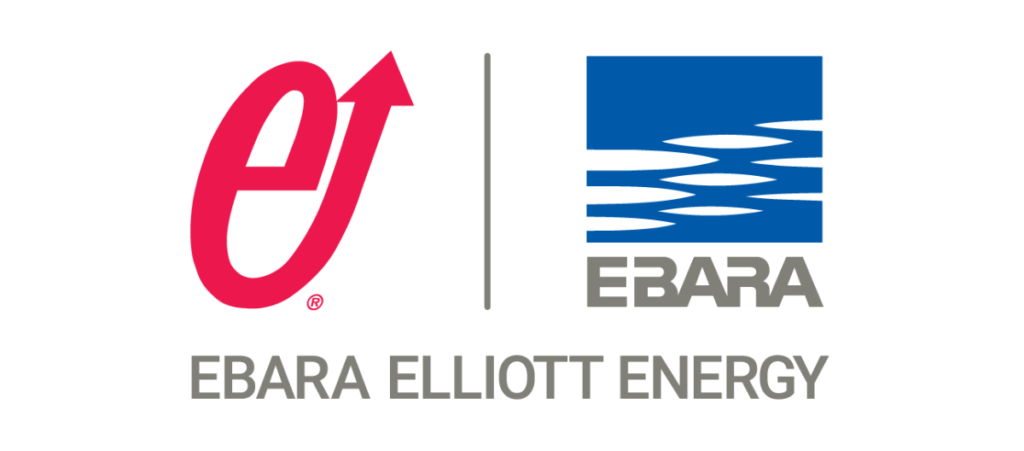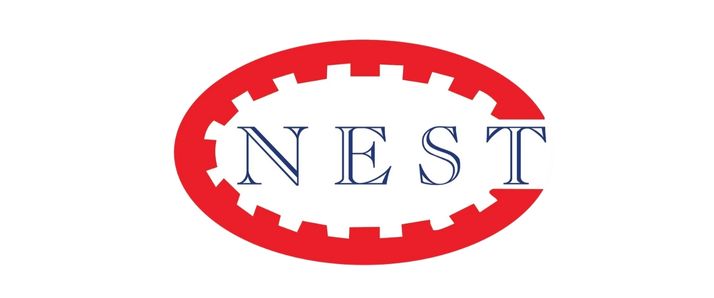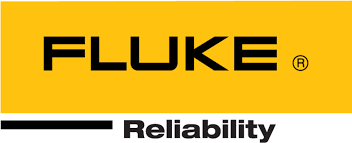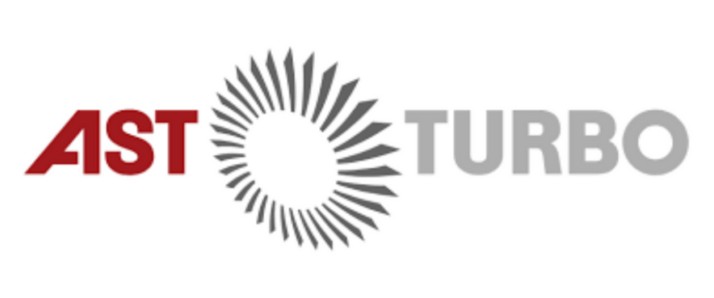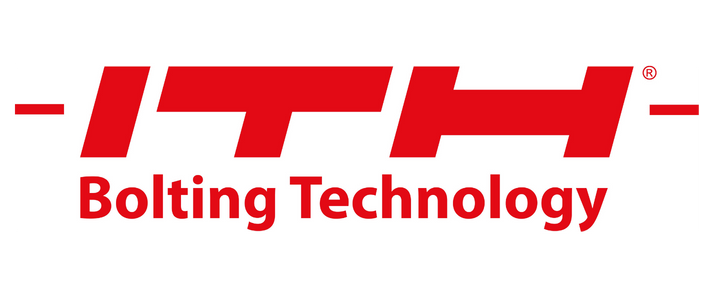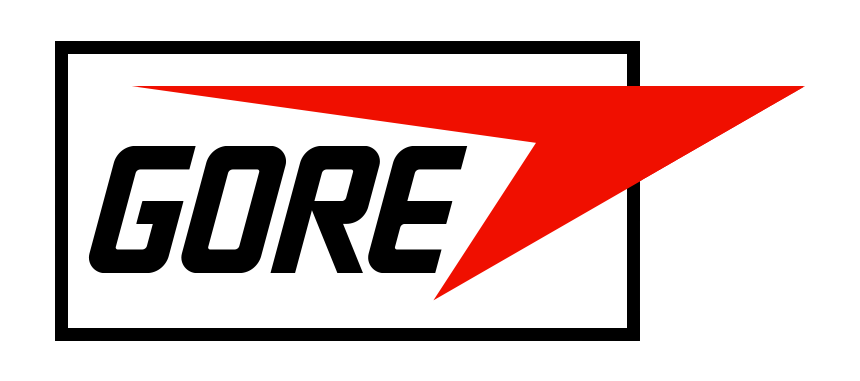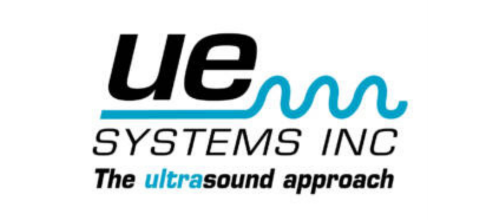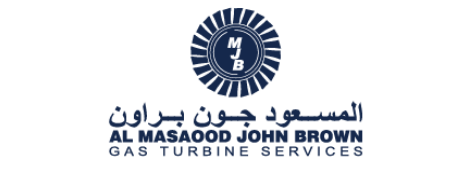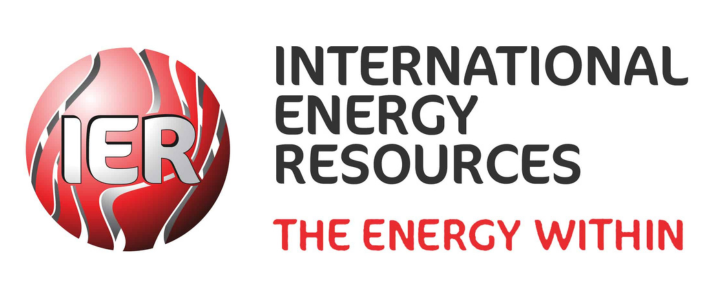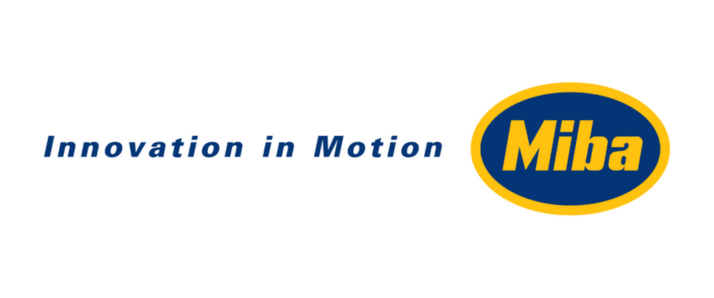In industrial settings where uptime, safety, and efficiency are critical, rotating machinery is the backbone of operations. From compressors and pumps to turbines and gearboxes, the reliability of these assets hinges heavily on effective vibration analysis and condition monitoring. In 2025, advances in sensor technology, wireless data acquisition, and real-time analytics have transformed how we approach predictive maintenance and asset management.
Why Vibration Analysis Matters
Vibration is often the earliest detectable symptom of mechanical issues such as:
-
Unbalance
-
Misalignment
-
Bearing wear
-
Gear defects
-
Looseness or structural resonance
By continuously monitoring vibration signatures, plant engineers can intervene before catastrophic failure, reducing unscheduled downtime and optimizing maintenance scheduling.
Key Vibration Analysis Techniques
1. Fast Fourier Transform (FFT) Spectrum Analysis
FFT remains a cornerstone for translating raw time-domain vibration signals into frequency-domain data, helping isolate the source of anomalies like unbalance (1× rpm), misalignment (2× rpm), or bearing faults (high-frequency spikes).
2. Envelope Detection
This technique is especially effective in detecting early-stage bearing faults. Envelope analysis filters out high-frequency noise, allowing small modulations caused by pitting or spalling to be amplified and detected.
3. Order Tracking
Used in variable-speed machinery, order tracking synchronizes data acquisition with shaft speed to identify resonance, blade pass frequency issues, or torsional vibration—common in turbomachinery and automotive applications.
4. Wavelet Transform Analysis
Unlike FFT, wavelet transforms allow for time-frequency analysis, making it easier to detect transient or non-stationary faults such as sudden impacts or short-lived events in gearboxes.
5. Operational Deflection Shape (ODS)
ODS techniques visualize how machinery vibrates in real-time, helping engineers diagnose structural resonance, looseness, or piping-induced forces not visible in raw spectral data.
Real-Time Dashboards & IIoT Sensors
Modern IIoT-enabled sensors are not just capturing acceleration and velocity but are now embedded with edge computing capabilities. Data is streamed to cloud-based dashboards integrated with machine learning algorithms for anomaly detection, trend analysis, and actionable insights.
Key advancements include:
-
Wireless MEMS accelerometers with ultra-low power consumption
-
Cloud-based dashboards with mobile alerts
-
Integration with CMMS and digital twins
The Payoff: Longer Equipment Life, Lower O&M Costs
By adopting modern vibration analysis techniques and remote condition monitoring, organizations can:
-
Extend asset lifespan by 20–40%
-
Reduce emergency repair costs by up to 60%
-
Improve overall equipment effectiveness (OEE)
-
Meet ESG goals by minimizing energy waste from poorly aligned or imbalanced machines
As we move deeper into Industry 4.0, vibration analysis is no longer a periodic diagnostic tool—it is a real-time, strategic pillar for plant reliability. Organizations that invest in smart monitoring technologies today are setting the stage for leaner, safer, and more profitable operations tomorrow.




